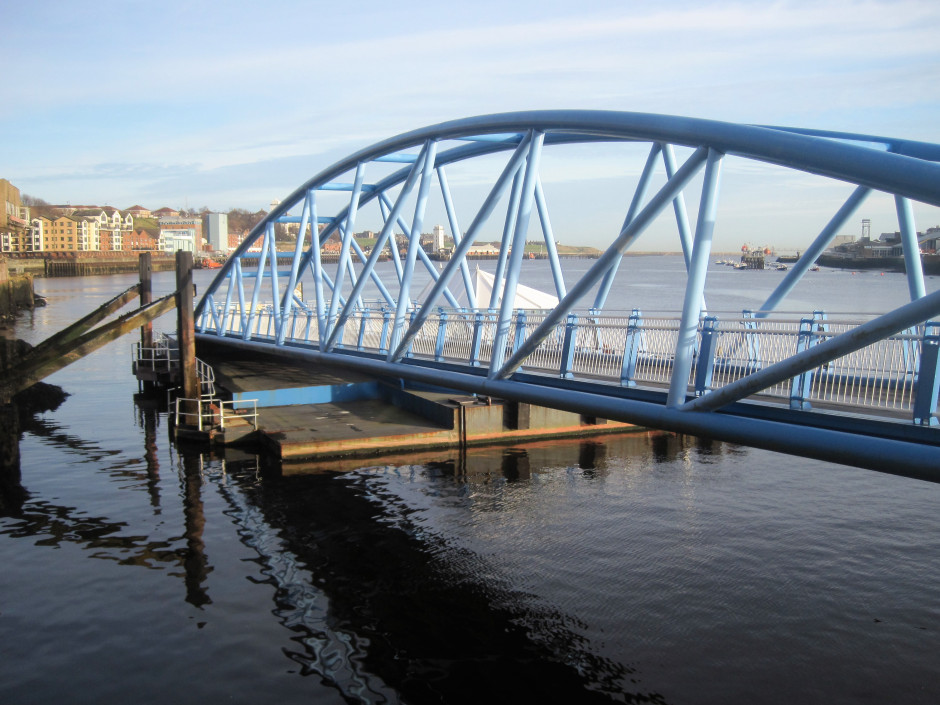
There’s nothing like a bracing walk on New Year’s Day to whisk away the cobwebs. This one, in North Shields, is well nigh perfect. It all began with Tammy, whose North Shields Heritage Trail I featured on my last Monday walk. Shields is only about 40 minutes north of me, by car, and we usually get there via the Tyne Tunnel. It had not occurred to me that we could get there by ferry. What a mistake!
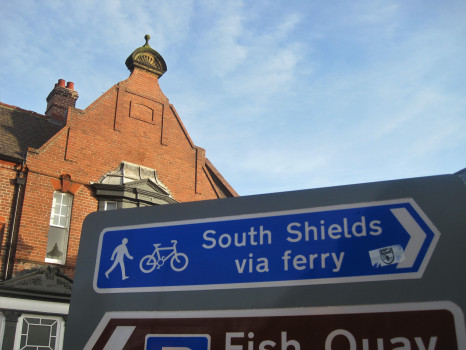
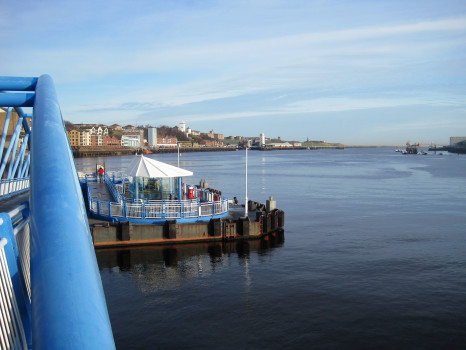
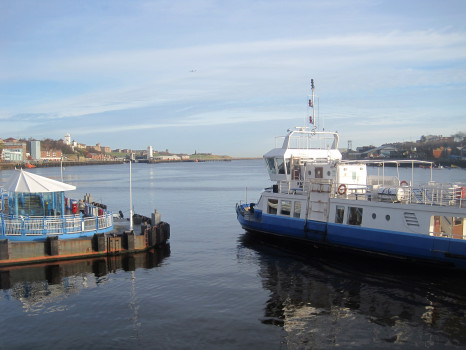
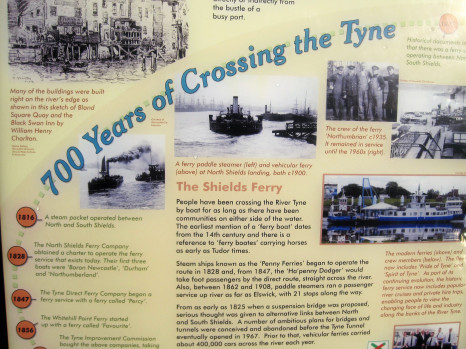
Yes- 700 years! The Heritage Trail starts from the ferry point. My husband remarked that he and his Dad had made the crossing a few times when he was a lad, but I’d never crossed the Tyne by ferry. And here it was, pulling in! Obviously, a slight diversion was called for.

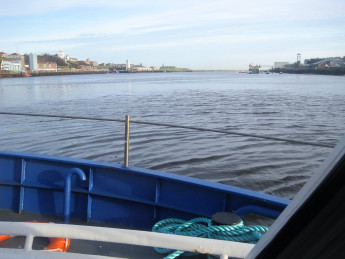
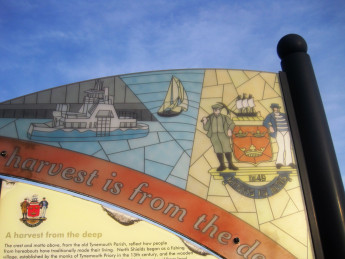
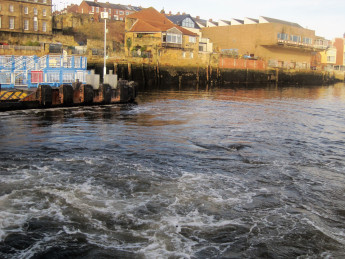
Ferries of some description are estimated to have been crossing the Tyne since the 14th century. Steam packets began operating between North and South Shields in 1816. Later on, bridges were discussed, but it wasn’t until the Tyne Tunnel opened in 1967 that there was a real alternative. Once a hubbub of activity, the river was peaceful that day. Excitement came in the form of two huge, oil platform ‘legs’ being towed out to sea.
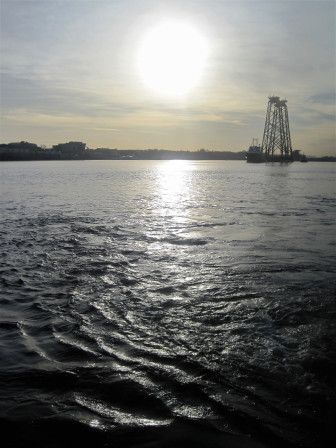

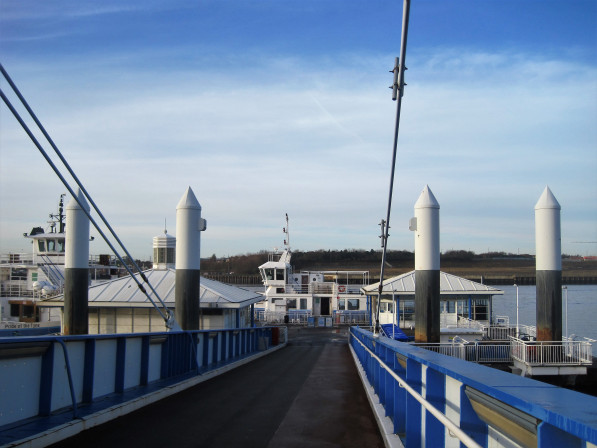
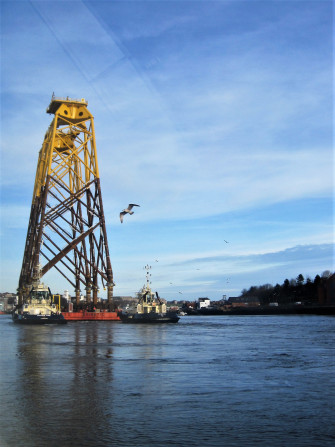
With half an hour between ferries when we docked, curiosity got the better of me. Not being familiar with this area of South Shields, I was excited to discover the National Centre for the Written Word – a truly state of the art building. A cultural venue with library and exhibition space, I became a child again in the world of Captain Pugwash. The pirates had come to town.
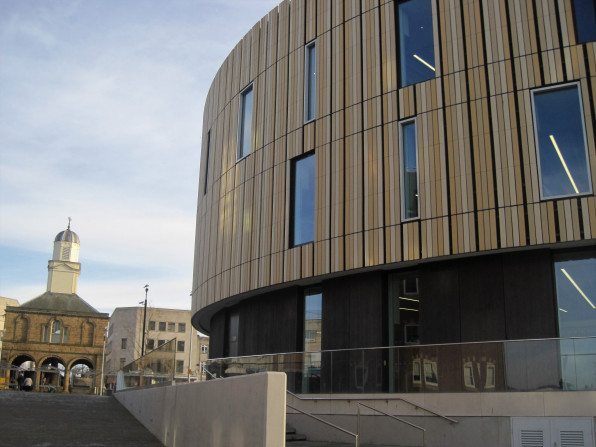


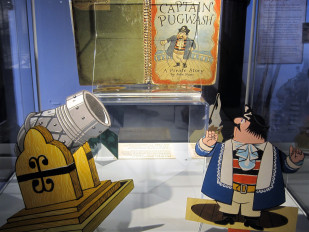
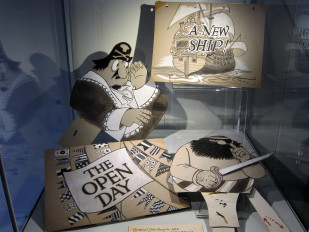

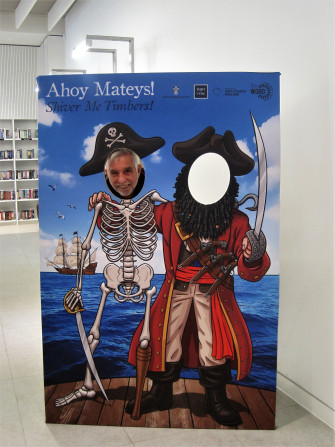
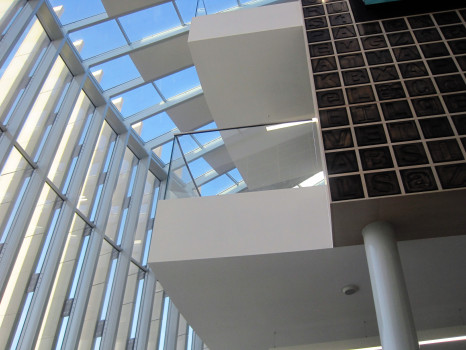
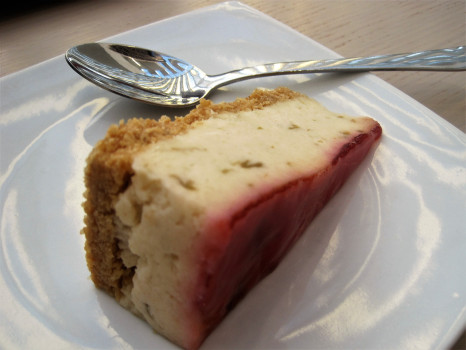
Not only that, but there was an exceptionally nice strawberry and rhubarb cheesecake in the cafe. Needless to say, me and the skeleton missed the next ferry. Back at the terminal, the sign below puts our whereabouts in context, 3 miles from Jarrow and 8 from Sunderland.
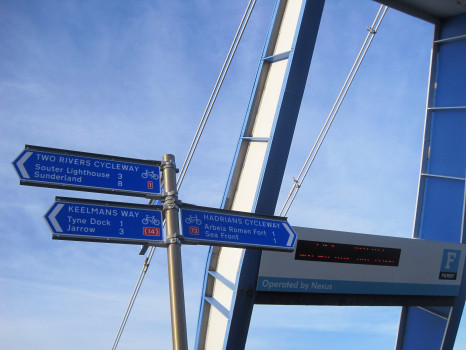

The Heritage Trail boards are very informative and give a good sense of how life was lived when the docks here were a thriving industry, and during their decline. I can’t begin to reproduce them all, but I can give you a flavour.
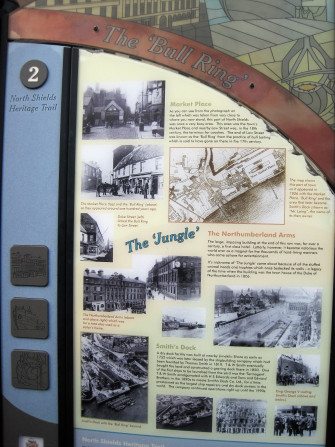
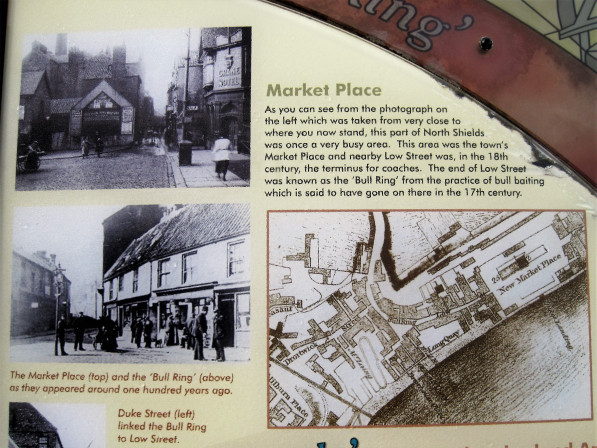
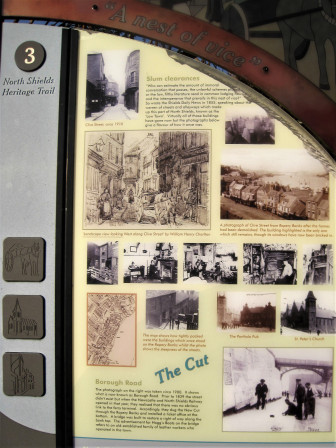
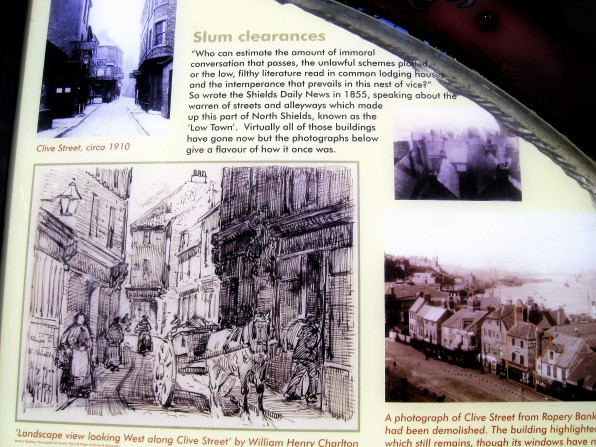
We traced them past former industrial buildings and modern emerging apartments, towards the Fish Quay. The ‘Old Wooden Dolly’ will have a tale or two to tell. She started life as the figurehead on a collier brig, which was attacked off the coast by a privateer in 1781. Sailors regarded her as a good luck charm, and would cut off pieces of her to take to sea to keep them safe.


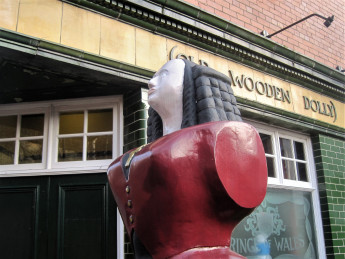
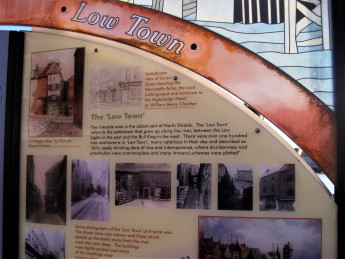
You can still get a good plate of fish and chips in these parts. The fleet were obviously finished for the day, with nets spread, as we approached the quay. The High Light, built in 1808, together with the Low Light down below, helped guide ships into a safe channel to enter the Tyne. The water here looks deceptively calm but there are vicious rocks just around the headland at Tynemouth.

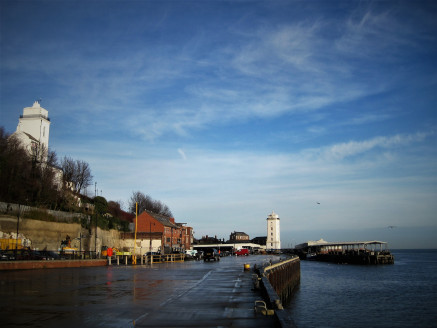
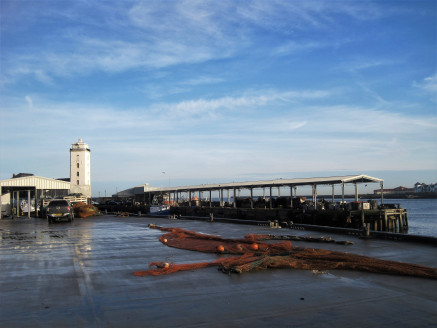
Fishing boats have been sailing from North Shields since 1225, when the Prior of Tynemouth granted locals the right to build 7 shiels (simple dwellings) and a quay, to improve fishing supplies and increase the wealth of the priory. I wondered where the name Shields came from.
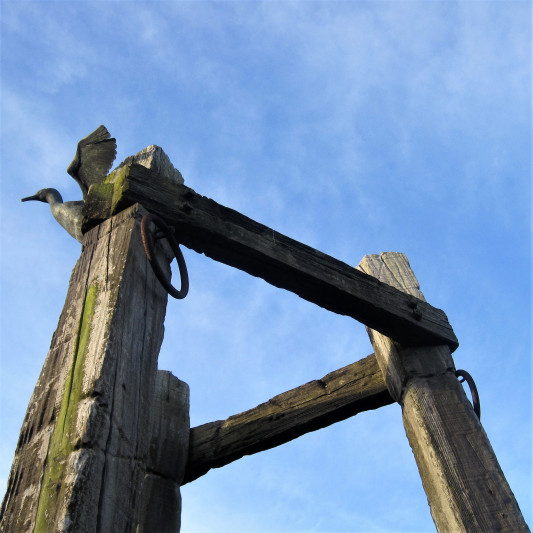
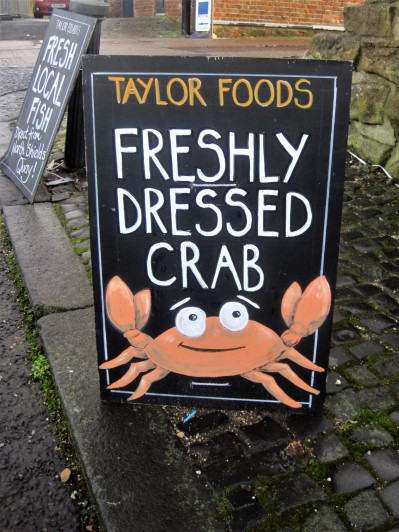
The sun is low in the sky already, at not much after 2pm. Beside ‘The Smokehouses’ pub an extraordinary building catches my eye.
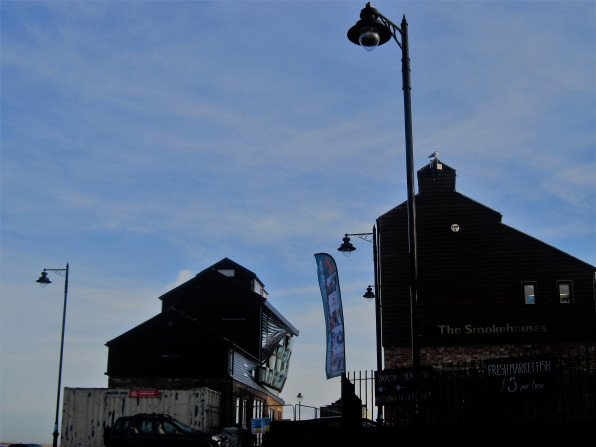

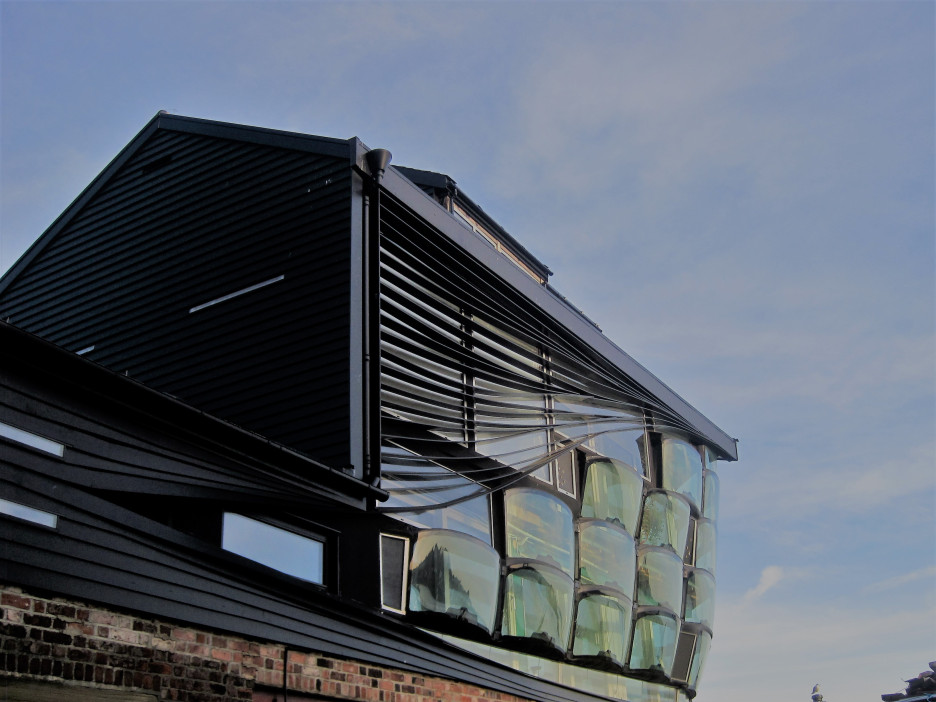
It looks as though it’s listing a little, all at sea. And there, by the shore, the main reason I have come to North Shields today. Do you remember the corten steel sculpture of Tommy at Seaham? Fiddler’s Green is an equally mournful but brilliant piece of work, from the same sculptor, Ray Lonsdale. A tribute to fishermen lost at sea, the last rays of sunshine settle on his stoic back.
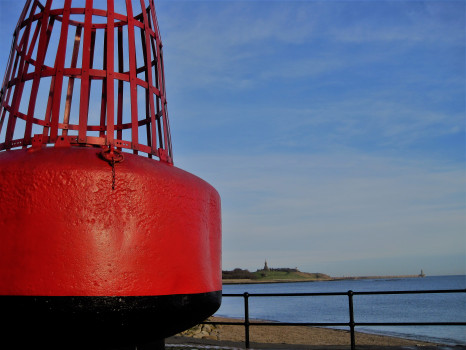
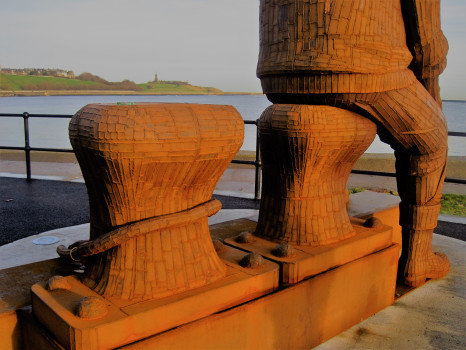
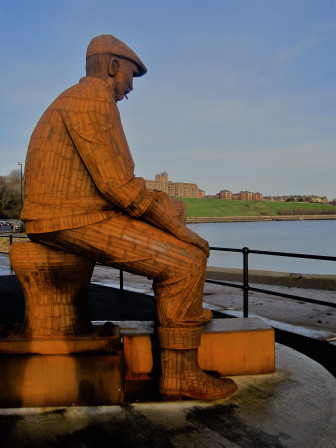
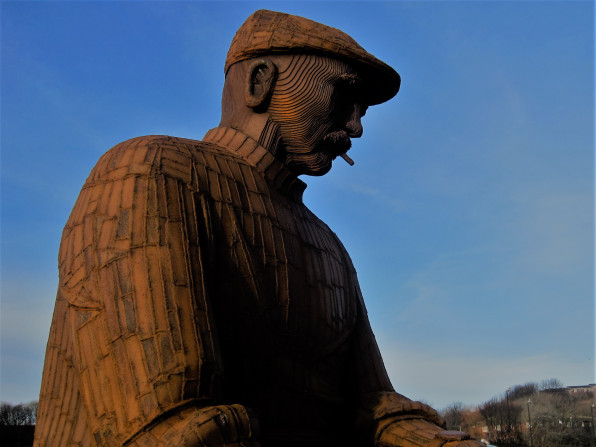
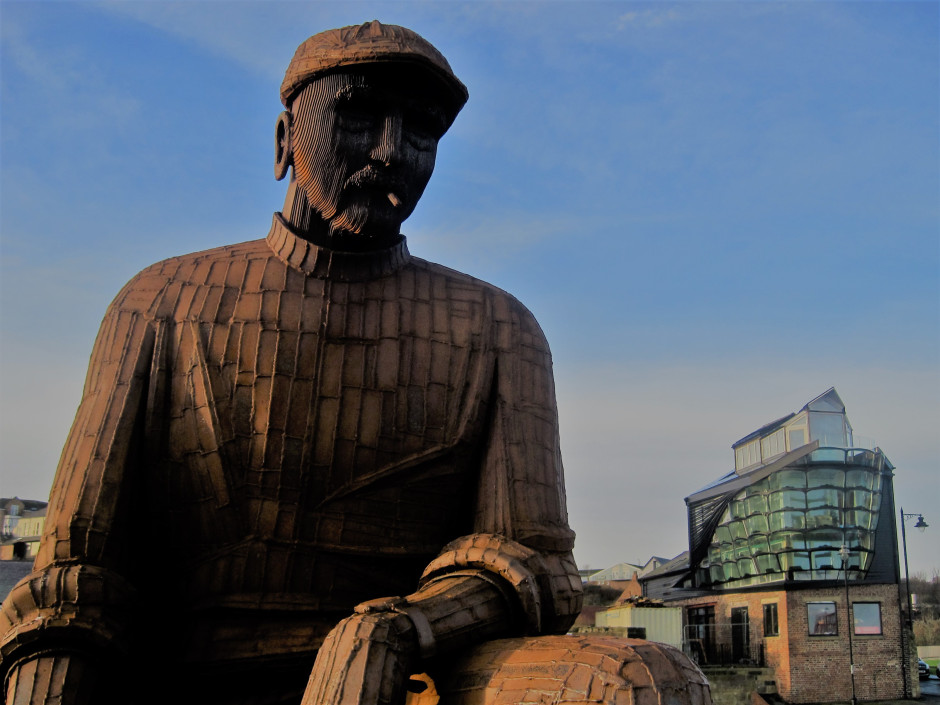
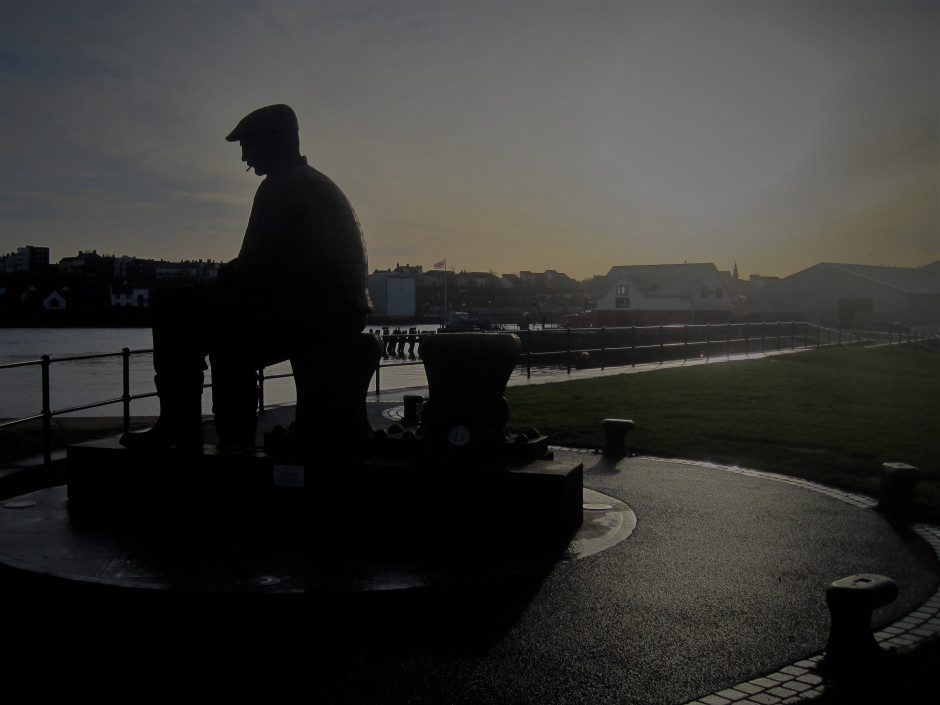
The fisherman looks out to the remains of Clifford’s Fort with, beyond it, Tynemouth Priory, and on the far shore, South Shields.
At this point the Heritage Trail heads uphill, past the High Light. In the 18th century the narrow strip of land beside the river became too overcrowded, and North Shields spread to the plateau 60 feet above. The rich shipowners and businessmen occupied the higher ground while working people remained in Low Town. Dockwray Square, a set of elegant townhouses, was built in 1763. Unfortunately the drainage was poor and the area became less desirable. Today it’s the site of a small park, containing a cheery statue of comedian Stan Laurel, who lived at no. 8 during his boyhood, from 1897 to 1902.
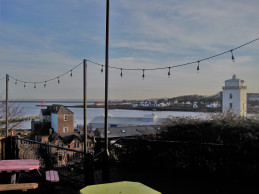



The Trail ends in New Town, where we meet another of our Wooden Dollies. A surprise to me, this one, because it’s carved by Robert ‘Mouseman’ Thompson of Kilburn fame. His signature mice are carved into the skirt and sleeve. A visit to his gallery is included in this walk.

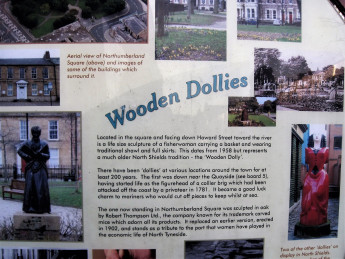
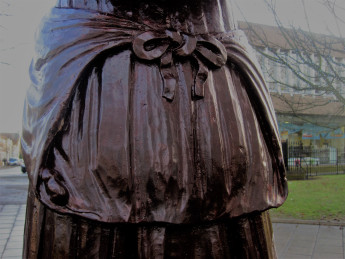
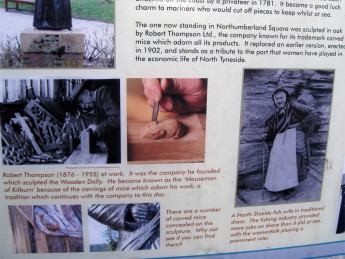
A cast of many characters, I’m sure you’ll agree, making me rather proud of my northern heritage. I hope you enjoyed exploring the Shields with me as much as I enjoyed writing and researching this post.

I may be slow responding to comments this week, as I’m with Polish family in Norfolk. It being New Year’s Day, you may well be slow to make any. I hope you enjoyed your celebrations over the festive period, and there aren’t too many sore heads around. Take your time over this week’s selection of walks and, if you like, join me next week at Jo’s Monday walk. You’ll be very welcome.
…………………………………………………………………………………
Can I start by introducing you to Mel? She has very grand plans for 2018 :
Under the Tuscan Sun – in Hiking Boots
I don’t really like snow, but in Tish’s hands it assumes a certain magic (but it still melts





